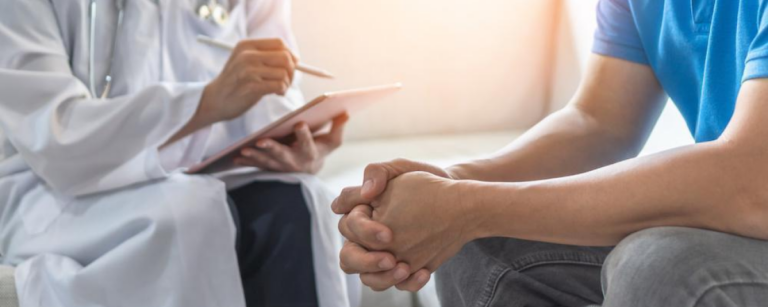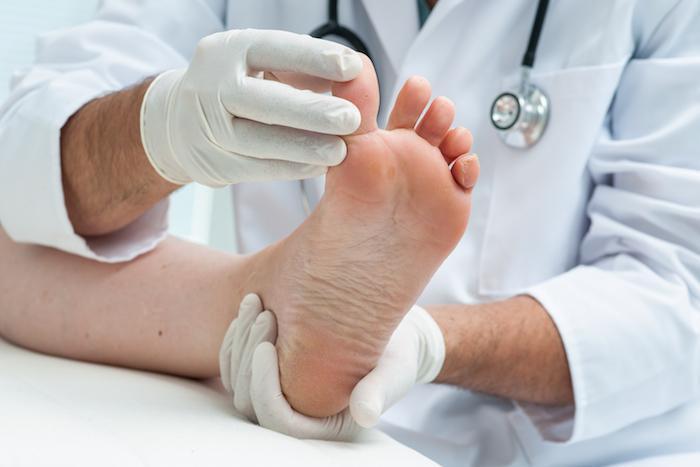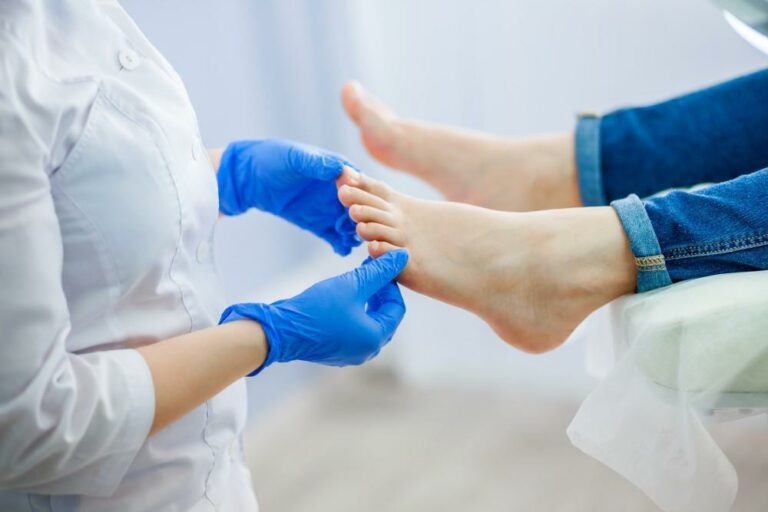In some situations, injuries — such as ankle sprains and torn ligaments — can take a while to heal. Does this describe your injury? If so, are you wondering if there’s anything you can do to speed the healing? There is: platelet-rich plasma (PRP) therapy.
Platelet-rich plasma uses healing properties in your own blood to spur tissue regeneration and help injuries heal faster. In this blog, the providers at Great Lakes Foot and Ankle Institute explain what PRP therapy is and how it may be able to help you.
What is PRP therapy?
Your blood is made of several components, including platelets, plasma, and blood cells. Included in your platelets are powerful growth factors, which help spur tissue regeneration. When you get injured, these growth factors help rebuild the affected area.
However, sometimes injuries don’t get all the platelets they need, which can slow healing and recovery. That’s where PRP therapy comes in.
First, some of your blood is drawn. Then the blood is put into a centrifuge where the platelets are separated from the other components in your blood. Then the platelet serum is injected into the injured area to boost healing.
What can PRP therapy treat?
Doctors are using platelet-rich plasma therapy to treat a wide variety of soft-tissue injuries and other musculoskeletal issues, including the following:
- Tendon injuries, such as tennis elbow and Achilles tendonitis
- Acute injuries, such as pulled hamstrings and knee sprains
- Osteoarthritis
Platelet-rich plasma therapy can also be used in addition to performing surgery to help you recover faster. In these cases, we inject the PRP after the surgery is complete or near the end of your surgery.
What results can I expect?
How soon your results will manifest will depend on your condition. Extensive injuries may take more time to heal than lesser ones. While the growth factors go to work immediately, the rebuilding process takes time. In the days and weeks that follow treatment, the growth factors will steadily stimulate healing and tissue generation.
When you come see us, your provider will give you specific details on the potential results. Your provider will also recommend how many injections you may need. Many patients get good results by getting three treatments spaced 2-3 weeks apart.
And because you’re using your own blood, there’s very little risk for side effects.
If you’re looking to power up your healing process, PRP therapy might be able to help you. To learn more, book an appointment over the phone with Great Lakes Foot and Ankle Institute today.







